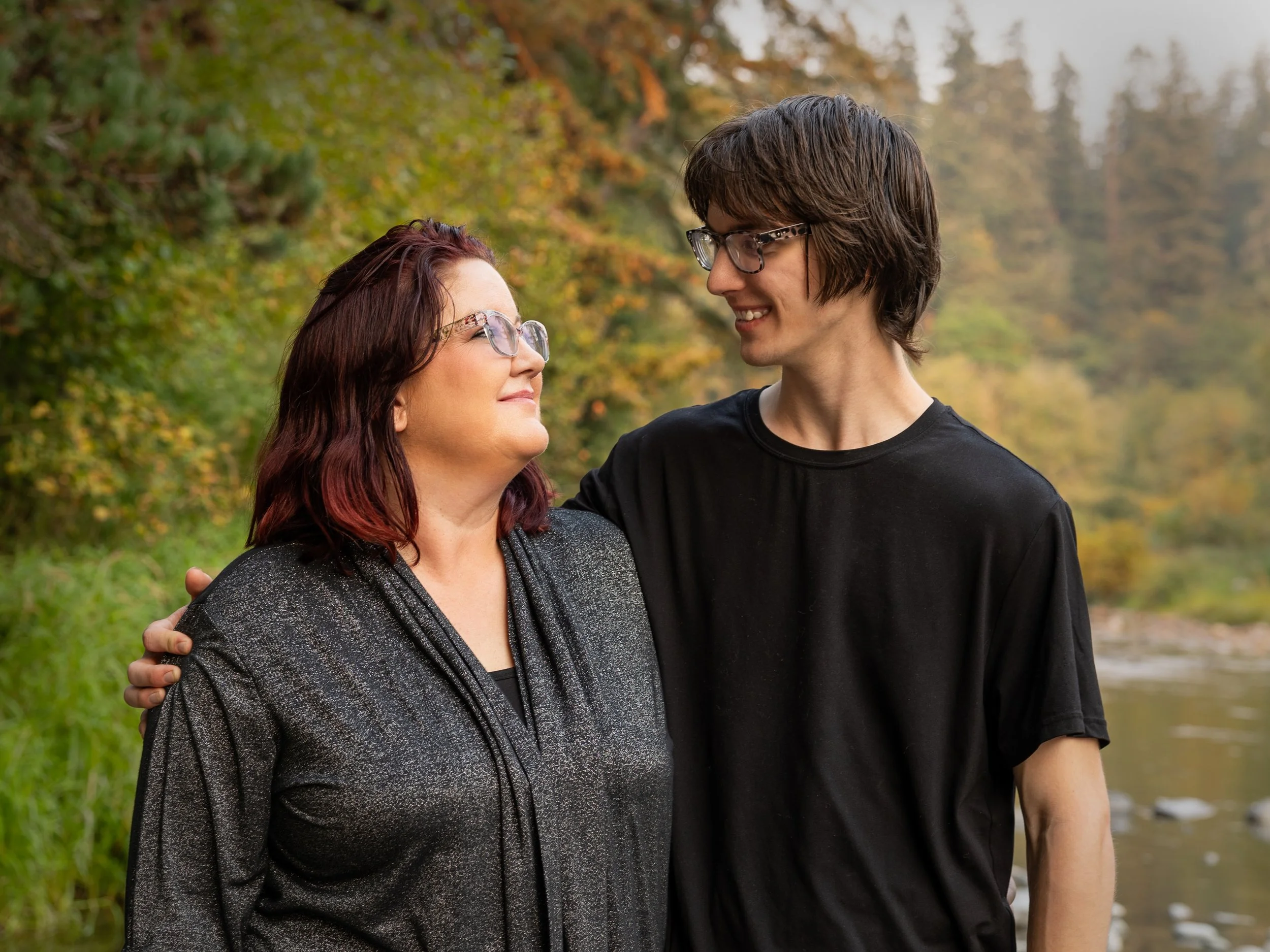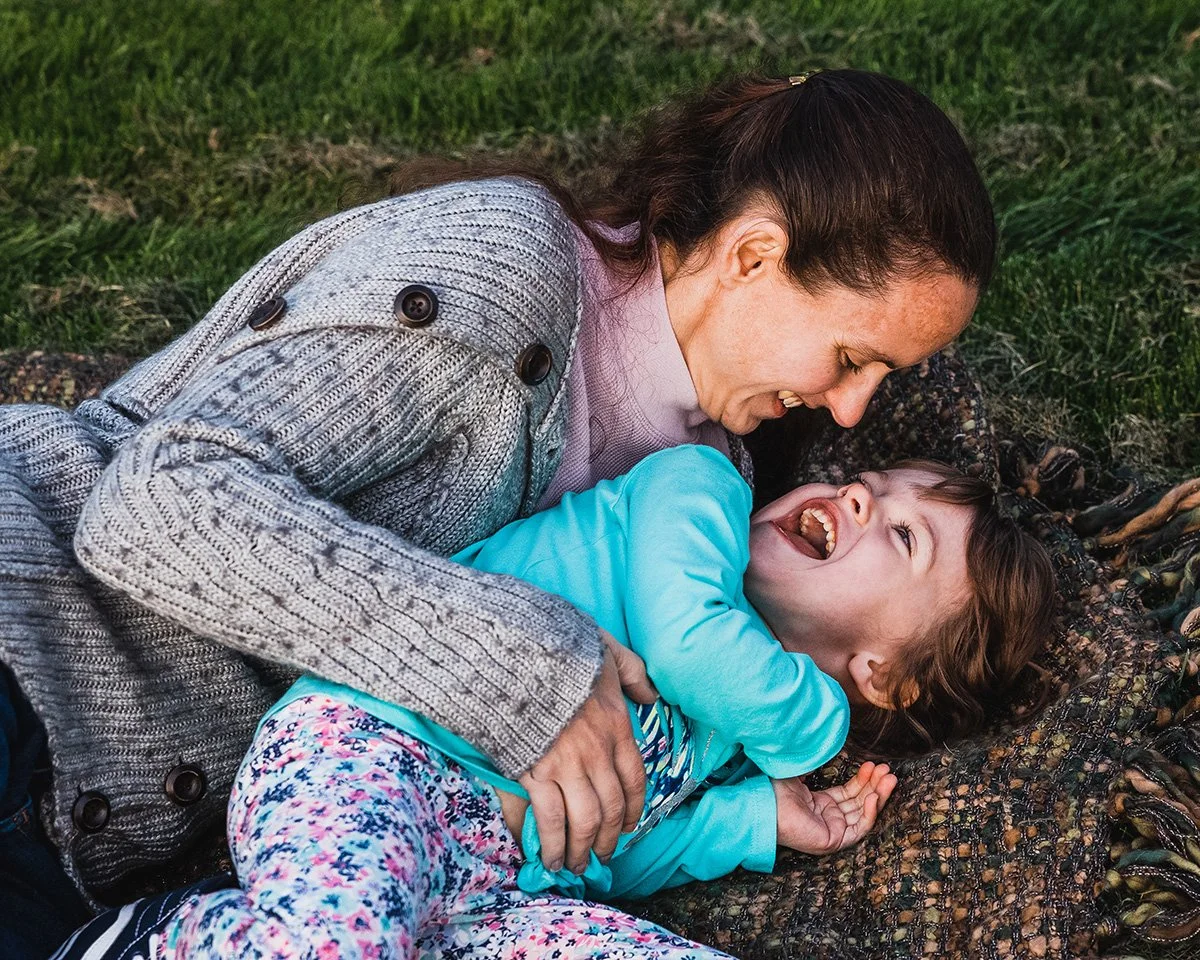Friends Over Social Media: How to Be Present (and Still Capture the Moment)
TL;DR
Social media is great—but real friendship happens off-screen. Put the phone away during hangouts, use clear boundaries (Do Not Disturb + “phone basket”), ask better questions, and celebrate friendships with intentional photos you actually print. Try a monthly friends’ night, take one purposeful group photo, and turn your favorites into wall art, a folio box, or a yearly mini album so your memories Live Long In Portraits—not just on an app.
We live in a world where our closest people are a thumb-scroll away—yet it’s easier than ever to feel disconnected. Notifications interrupt stories. Group chats replace get-togethers. And the photos we do take often vanish into the endless feed.
At Studio Q, I believe pictures should deepen connection, not replace it. This guide is a friendly reboot: practical ways to put friends over social media, be more present in real life, and still capture meaningful photos you’ll treasure for years.
Why “friends over social” matters (in plain English)
Attention is love. When you give someone your undivided attention (no screen tugging at your sleeve), they feel valued. That builds trust faster than any like or comment.
Shared memories are sticky. Doing things together—walking, cooking, laughing—creates stories you’ll retell for years.
Printing = permanence. A single photo on your wall outlasts a thousand posts. You’ll see it daily and remember, “These are my people.”
Four Studio-Q pillars for better friendships (and better photos)
1) Be approachable (phones down, faces up)
When you’re meeting a friend—or making new ones—visible phones say “I’m half here.” Try this:
The 10-minute rule: First ten minutes, phones away. It sets the tone.
Phone basket by the door: Everyone drops in; emergencies only.
Do Not Disturb or Focus Mode: Choose a custom “Friends” profile that lets family/urgent calls through.
Photo tip: Take one intentional picture at the start (“We’re here!”) or one at the end, then put the phone away. One great photo beats 40 distracted ones.
2) Be yourself (and plan hangouts that match your actual interests)
People connect when you invite them into what you truly enjoy—not what looks cool on the feed.
Micro-hangouts: 45–60 minutes is enough. Coffee walk, thrift store run, library browse, “bring your dog” park loop.
Low-pressure rituals: First Friday tacos, board-game Sundays, candle-making night, recipe swap, “bookstore + cocoa.”
Role your strengths: The planner plans, the foodie hosts, the craft-lover brings a project.
Photo tip: Bring a tiny tripod or lean your phone on a mug. Set a 3–10 second timer and laugh into the frame. Want it to feel less “posed”? Ask everyone to walk toward the camera on “three” and look at each other, not the lens.
3) Elevate others (generous words, small gestures)
You’ll never go wrong making your people feel seen.
Three-good-things practice: Each hangout, tell a friend one thing you admire (their resilience, their laugh, their new project).
Share the mic: Ask follow-ups: “What surprised you?” “What would make it 10% easier?”
Micro-service: Show up early to set the table; run the coffee; send a “got home safe?” text.
Photo tip: Capture hands in action—pouring tea, tying skates, lighting a candle. These details photograph intimacy better than another “cheese” pose.
4) Serve others (the care that sticks)
The old line remains true: people don’t care how much you know until they know how much you care.
Calendar kindness: Once a month, schedule a “care hour”—write a card, drop soup, Venmo someone for coffee, offer a ride.
Make it specific: “I’m at the store—need anything?” beats “Let me know if I can help.”
Invite them into your world: If you’re doing a fun photo-worthy activity (tree farm, pumpkin patch, beach day), bring a friend.
Photo tip: When you help, ask permission before photographing. If yes, stay human: shoot a quick wide-medium-close sequence, then put the phone away and return to the moment.
Social-media boundaries you can copy (zero drama)
Define your “green hours.” Choose a 2–3 hour window nightly where you’re not on social. That’s friend time, hobby time, and rest time.
Turn off “bad buzzers.” Disable notifications for the apps that yank your attention the most.
Put apps on page two. Adding a swipe adds just enough friction to remind you to stay present.
Use “Downtime” on your phone. Let your device lock social apps after 9 pm; real talks win.
Unfollow to protect energy. If an account leaves you drained, mute or unfollow. Make space for real people and real life.
Conversation starters (stronger than small talk)
“What’s a tiny win from this week?”
“What’s something you’re learning right now?”
“If I had two hours to help you, what would we tackle?”
“What’s your ‘comfort watch’ movie and why?”
“Tell me the last photo on your camera roll you actually care about.”
“Where should we take a victory photo this month?”
Photographer’s note: These open doors to real expressions. When laughter hits, that’s your frame.
A simple “Friends First” month (copy/paste plan)
Week 1 — Intentional kick-off
Send two invites for micro-hangouts (45 minutes).
Pick one location with good light (a café window or park bench).
Take one start-of-hangout photo; then phones away.
Week 2 — Service + story
Schedule a care hour.
Ask one friend a deeper question, then listen fully.
Photograph hands + setting, not just faces.
Week 3 — Ritual seed
Launch a small tradition: First-Friday tacos, Candlelit Walk Wednesday, Library & Latte.
Decide your photo ritual (timer selfie at the door, or “cheers” glasses mid-hangout).
Week 4 — Print the proof
Choose two favorites from the month.
Print a deckled-edge 8×10 for your entryway or a matted 5×7 for your desk.
Text your friend the photo and the print pickup plan (“I’m bringing you one!”).
How to photograph friends without killing the vibe
Light first. Sit near a window or step outside for one minute. Avoid mixed overhead lighting if possible.
Shoot in threes: Wide (context), medium (waist-up), close (hands, eyes).
Prompt, don’t pose: “On three, look at each other,” “Tell your best bad joke,” “Walk toward me and bump shoulders.”
Timer > selfie arm: Set 3–10 seconds, rest the phone on a mug/book, and let the moment happen.
One and done: Take your intentional frame, then put the phone away. Presence > perfection.
From camera roll to real life (print ideas)
Friendship Folio Box: Add a new matted 5×7 every month. After a year, you have a story you can hold.
Triptych for the hallway: Three 11×14 float frames—laugh, hands, place.
Annual mini album: 8×8 with your top 20 moments and tiny captions.
Gifting: Surprise a friend with a print from their wall palette (send me a quick room photo; I’ll match tones and frame style).
That’s our Studio Q heartbeat: memories on walls, not lost in feeds. Your friendships deserve to Live Long In Portraits.
FAQs
How do I be more present with friends in a social-media world?
Set clear phone boundaries (Do Not Disturb, phone basket), plan micro-hangouts, and take one intentional photo instead of scrolling. Presence first, pictures second.
What’s a simple way to start new friend traditions?
Pick one hour a week (or month) and make it repeatable—walks, tacos, bookstore runs. Keep it easy and calendar it like any important plan.
How can I take photos of friends without it feeling awkward?
Choose good light, shoot wide-medium-close, use a timer, and prompt people to look at each other. Then put the phone away.
What should I do with our photos afterward?
Print one favorite per month. Start a folio box, mini album, or hallway triptych so your friendship story isn’t trapped on your phone.
Can Studio Q photograph our friend group?
Yes! I offer relaxed friendship sessions in Vancouver, WA / Clark County / Portland OR—in-home, studio, or on location—and I’ll help design artwork that fits your space.
Final Studio Q note
Choosing friends over social doesn’t mean ditching photos. It means taking fewer, more meaningful ones—and giving them a permanent home. When you’re ready, I’ll help you turn those favorites into art that makes you smile every time you pass it. That’s how memories Live Long In Portraits.



